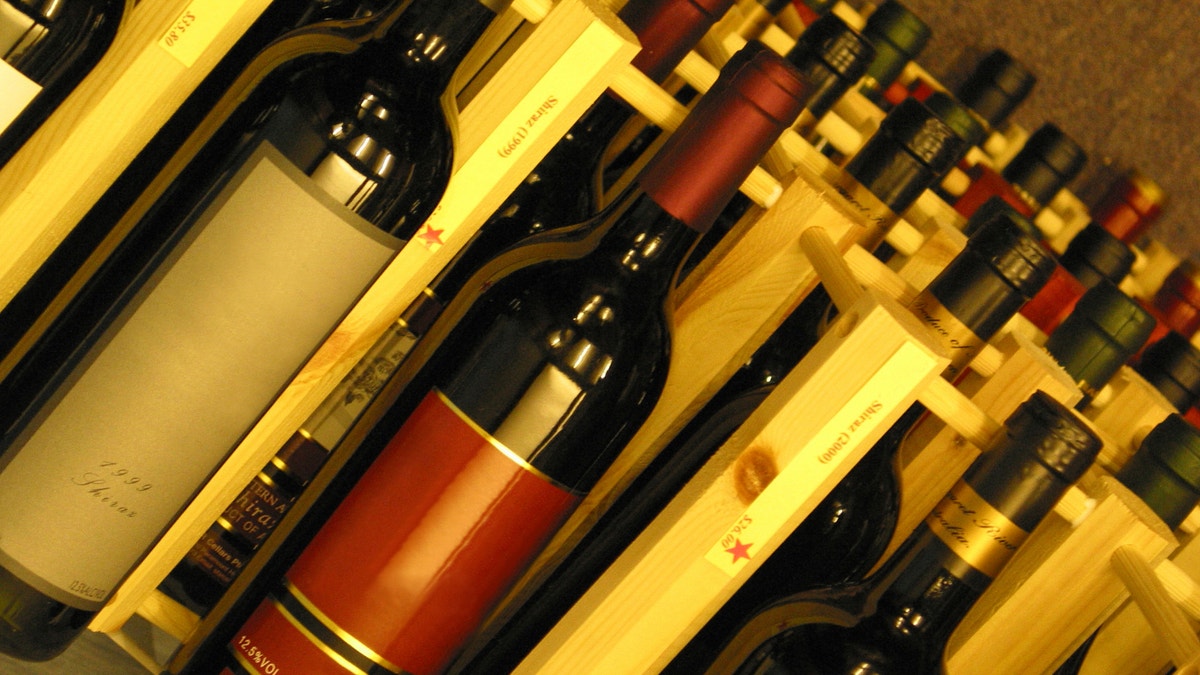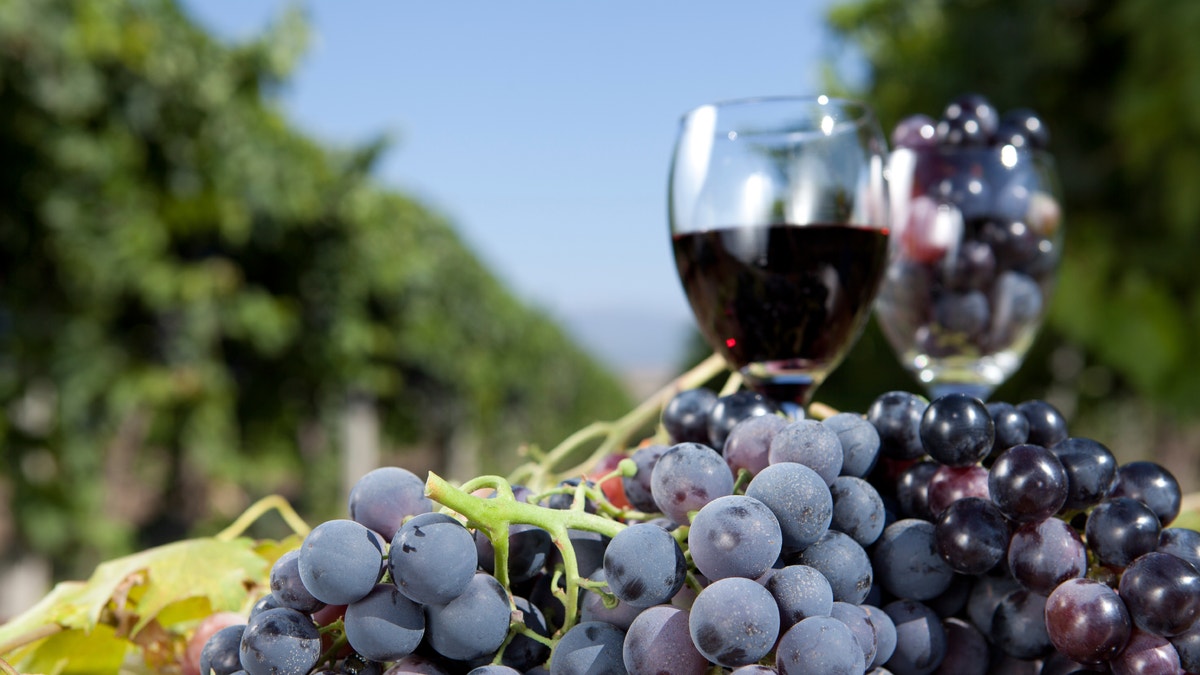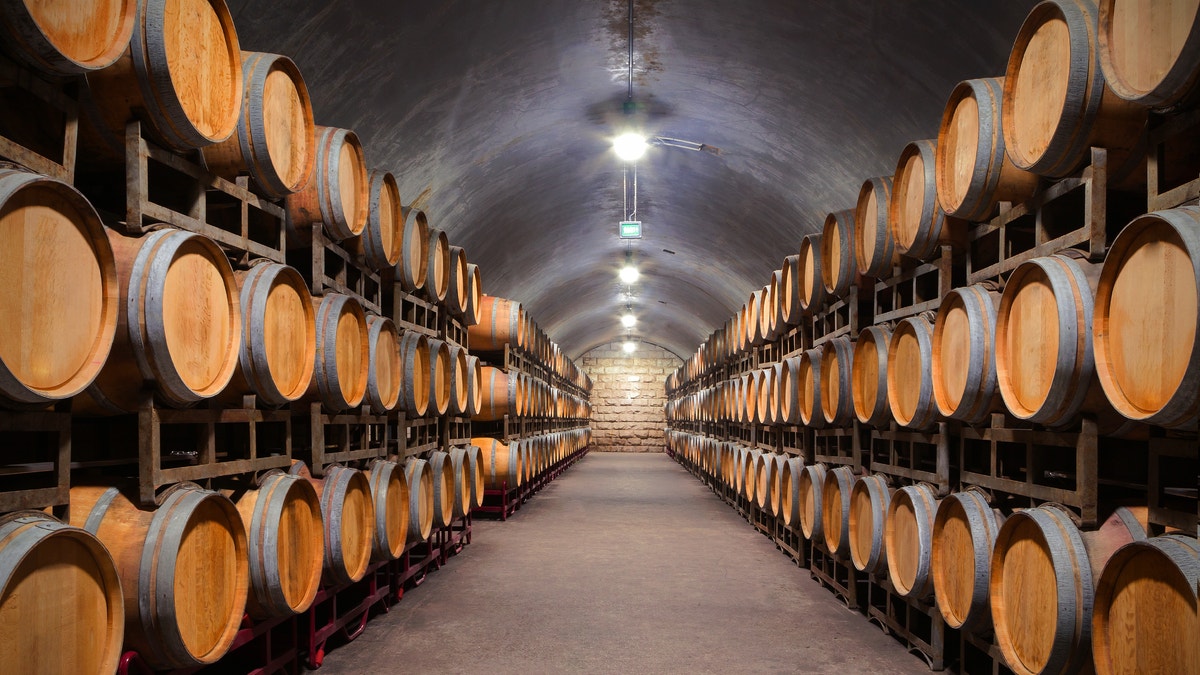
Depending on where you buy your wine, you can find bottles that are cheaper than the standard bottled water. (iStock)
Looking to save money when the thirst for wine strikes?
In Australia, you may be able to find wine that's less expensive than bottled water. For example, a bottle of red in a bargain bucket is about one Australian dollar, or $.81. Compare that to an average 350 ml bottle of water that sells for about A$2.50, or $2.03, according to BBC News.
“That does seem a bit bizarre, especially when there’s a wholesale tax and a retail tax on top of that,” Professor Kym Anderson from the Wine Economics Research Center in Adelaide told the BBC.
Prices have been affected by several factors, including recent foreign exchange rates, falling international demand, and an excessive amount of product in the domestic market.
“A lot of the export volume that we were previously selling to overseas markets has come back to the domestic market as international demand for our wine has dropped off,” Paul Evans, chief executive of the Winemakers’ Federation of Australia (WFA), told BBC News.

(iStock)
This increases competition between local producers, which drives down prices, he explained.
Another factor keeping wine prices low is the tax on alcohol, which creates an incentive for sellers to offload wine cheaply so there is a very small tax on it.
“They are taxed on the value of the product as it is sold, rather than on any particular amount of alcohol it has in it, so the people who are making the expensive stuff are taxed at a higher rate, and if they don’t make the cheap stuff as well, they feel that they’re being treated rather badly,” says Professor Robin Room, a research at Melbourne’s Turning Point Alcohol and Drug Center.
Also supermarkets Woolworths and Coles control more than 70 percent of all retail wine sales, which is keeping prices low as they sell off the oversupply or wine.

(iStock)
The upshot is that now is a good time for consumers looking for a quality, affordable bottle of wine for under $10.
However, the WFA says the situation is not sustainable in the long run, and they are working with the government to correct it.
“The current situation is seeing a devaluation of the brand equity that many of Australia’s winemakers have built up over a long period of time,” says Evans. "It’s going to be very hard for consumers to go back to pricing that’s more relative to the intrinsic value of the quality of that wine they’re consuming.”
